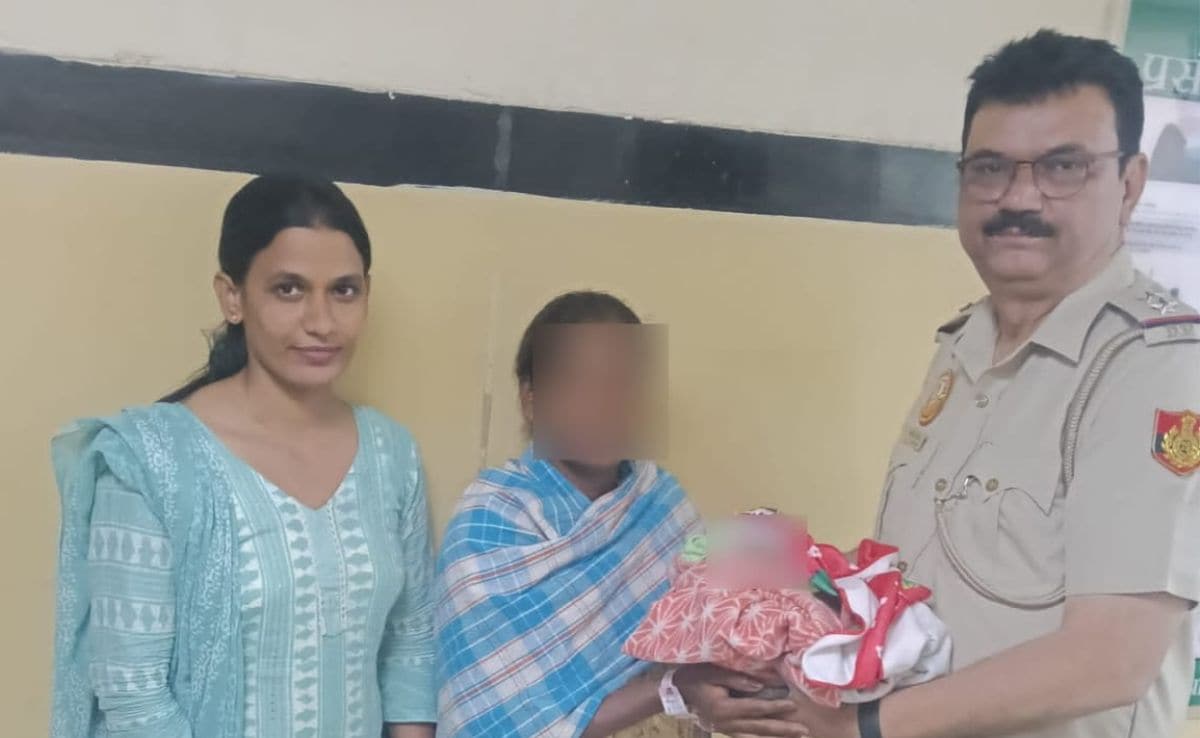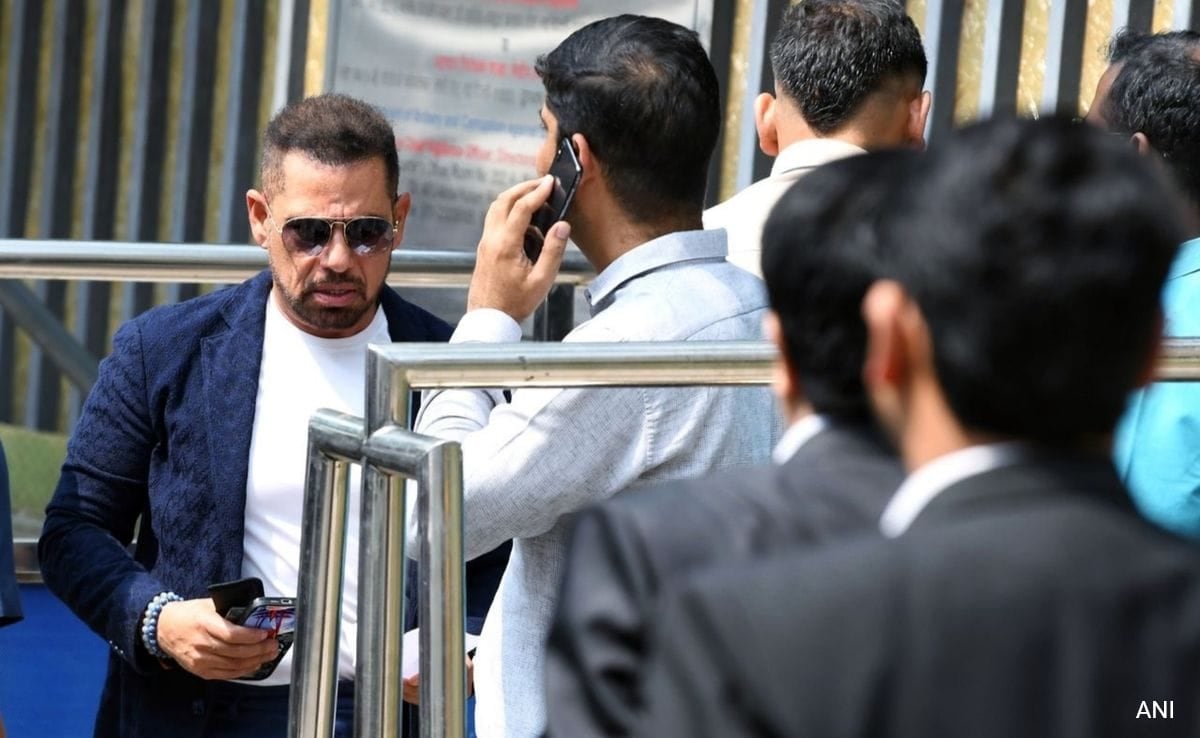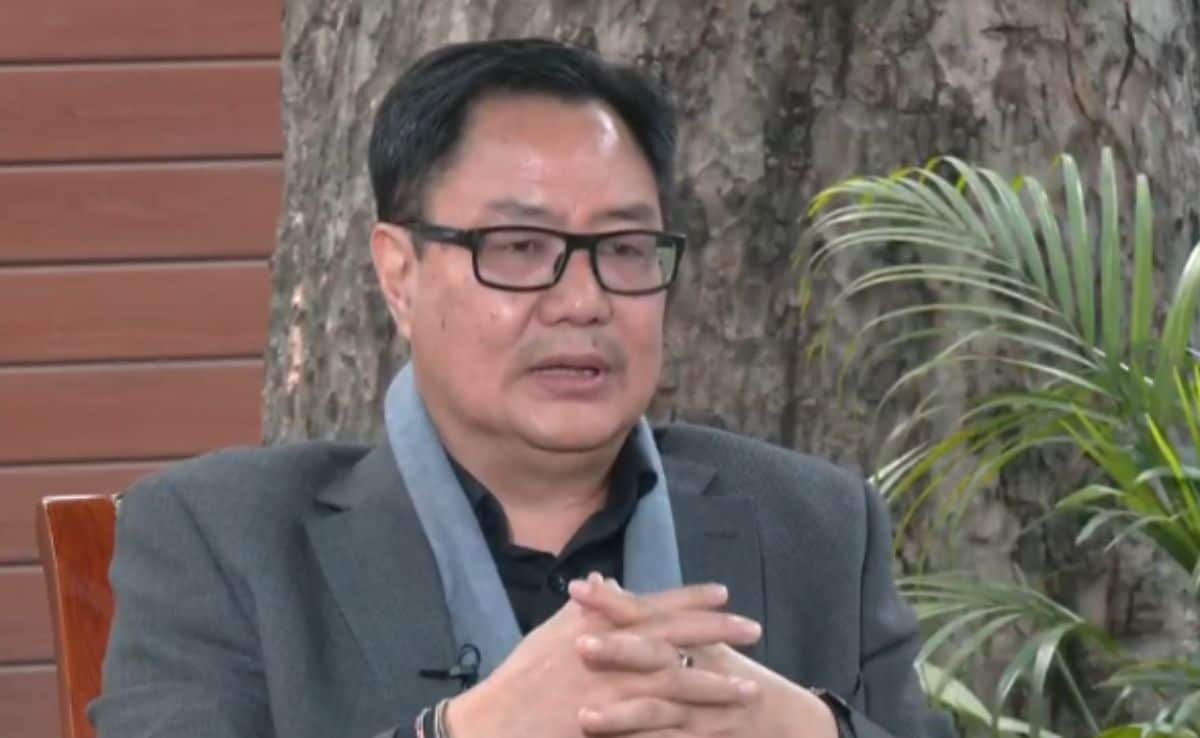<p><span style=”font-weight: 400;”>NASA astronaut Sunita Williams and her colleague Butch Wilmore returned to Earth on March 18, 2025, after an unplanned 286-day mission aboard the International Space Station (ISS). Originally scheduled for just eight days, their mission was extended due to unforeseen technical issues, and they emerged from the experience as shining examples of resilience and adaptability.</span></p>
<h3><strong>The Unexpected Extension</strong></h3>
<p><span style=”font-weight: 400;”>Williams and Wilmore were launched aboard Boeing’s Starliner spacecraft on June 5, 2024, from the US’ Space Launch Complex 41. The mission was intended to be a brief eight-day test flight. However, technical issues with the Starliner, including thruster malfunctions and helium leaks, led NASA to deem it unsafe for crewed re-entry. Consequently, the decision was made to return the Starliner to Earth without astronauts on board, while Williams and Wilmore remained on the ISS. NASA ultimately decided that its astronauts would need a different ride home and, accordingly, in August, the space agency announced the uncrewed return of Starliner to Earth. </span></p>
<p><a href=”https://news.abplive.com/science/sunita-williams-samosa-space-kalpana-chawla-compassionate-reason-1757086″><strong>ALSO READ | Sunita Williams Took Samosa To Space, But Kalpana Chawla Didn’t — She Had A Compassionate Reason</strong></a></p>
<h3><strong>A Collaborative Return</strong></h3>
<p><span style=”font-weight: 400;”>To facilitate their safe return, NASA coordinated with SpaceX to include Williams and Wilmore in the Crew-9 mission. To accommodate them, NASA removed two astronauts from its Crew-9 mission, allowing Williams and Wilmore to join the cohort and return onboard the SpaceX Dragon, which carries four people at a time. </span></p>
<p><span style=”font-weight: 400;”>The duo, along with NASA astronaut Nick Hague and Roscosmos cosmonaut Aleksandr Gorbunov, undocked from the ISS at 1.05 am EDT (approx. 10.30 am IST) on March 18, 2025. After a 17-hour journey, they safely splashed down off the coast of Tallahassee, Florida, at 5.57 pm EDT (approx. 3.30 am IST March 19). </span></p>
<h3><strong>Mission Achievements</strong></h3>
<p><span style=”font-weight: 400;”>During their extended mission, Williams and Wilmore:</span></p>
<ul>
<li style=”font-weight: 400;” aria-level=”1″><span style=”font-weight: 400;”>Travelled approximately 121,347,491 miles.</span></li>
<li style=”font-weight: 400;” aria-level=”1″><span style=”font-weight: 400;”>Completed 4,576 orbits around Earth.</span></li>
<li style=”font-weight: 400;” aria-level=”1″><span style=”font-weight: 400;”>Conducted over 150 unique scientific experiments and technology demonstrations, totalling more than 900 hours of research.</span></li>
<li style=”font-weight: 400;” aria-level=”1″><span style=”font-weight: 400;”>Participated in spacewalks; Williams completed two, bringing her total spacewalking time to 62 hours and 6 minutes, the highest for a woman astronaut and fourth overall.</span></li>
</ul>
<h3><strong>Scientific Contributions</strong></h3>
<p><span style=”font-weight: 400;”>The crew’s research encompassed:</span></p>
<ul>
<li style=”font-weight: 400;” aria-level=”1″><span style=”font-weight: 400;”>Investigations into plant growth and quality.</span></li>
<li style=”font-weight: 400;” aria-level=”1″><span style=”font-weight: 400;”>Studies on the potential of stem cell technology to address blood diseases, autoimmune disorders, and cancers.</span></li>
<li style=”font-weight: 400;” aria-level=”1″><span style=”font-weight: 400;”>Testing lighting systems to help astronauts maintain circadian rhythms.</span></li>
<li style=”font-weight: 400;” aria-level=”1″><span style=”font-weight: 400;”>Collecting samples from the station’s exterior to study the survival of microorganisms in space.</span></li>
</ul>
<h3><strong>A Warm Welcome Home</strong></h3>
<p><span style=”font-weight: 400;”>Upon their return, the crew was greeted with enthusiasm. Notably, as the SpaceX Dragon capsule splashed down, a pod of dolphins appeared nearby, adding a unique touch to their homecoming. </span><span style=”font-weight: 400;”><br /></span><span style=”font-weight: 400;”><br /></span><span style=”font-weight: 400;”>Celebrations erupted in India as well, particularly in Williams’ ancestral village of Jhulasan, Gujarat. Residents performed aartis and prayers, expressing pride in her achievements and safe return. </span><span style=”font-weight: 400;”><br /></span><a href=”https://news.abplive.com/news/world/samosa-in-space-more-5-times-nasa-s-sunita-williams-gave-a-shoutout-to-her-indian-roots-1756836″><strong>ALSO READ | Samosa In Space & More: 5 Times NASA’s Sunita Williams Gave A Shoutout To Her Indian Roots</strong></a></p>
<h3><strong>Comparative Spaceflight Records</strong></h3>
<p><span style=”font-weight: 400;”>While Williams’ cumulative 608 days in space over her three missions is remarkable, it is surpassed by fellow NASA astronaut Peggy Whitson, who holds the record for the most cumulative time spent in space by a woman astronaut with 665 days, 22 hours, and 22 minutes. Additionally, the longest single spaceflight by a woman was achieved by Christina Hammond Koch, who spent 328 days aboard the ISS from March 14, 2019, to February 6, 2020.</span></p>
<p><em><span style=”font-weight: 400;”>The writer is a senior independent journalist.</span></em></p>
World
What All Sunita Williams & Butch Wilmore Achieved As 8-Day Mission Turned To 286-Day Space Odyssey
by aweeincm

Recent Post

Desperate For Child After 7 Years Of Marriage, Delhi Woman Steals Newborn
Unable to conceive despite being married for seven years, a ... Read more

“They Love Me A Lot”: Robert Vadra After Probe Agency Questioning On Day 2
Businessman Robert Vadra — husband of Congress’s Priyanka Gandhi Vadra ... Read more

Minority Affairs Ministry Isn’t Just For Muslims, Says Kiren Rijiju
Union Minority Affairs Minister Kiren Rijiju has defended his role ... Read more

India’s Air Quality Far Short Of United Nations’ Standards: Official
India’s air quality is far short of WHO standards and ... Read more